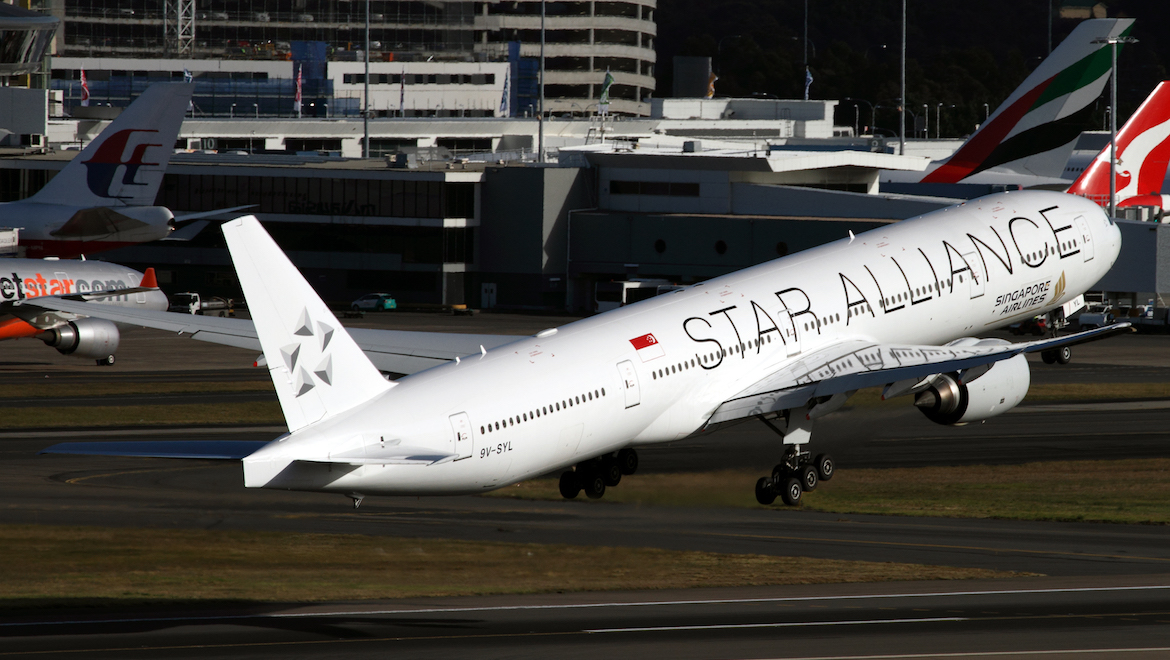
Star Alliance chief executive Jeffrey Goh says the airline group is harnessing the power of digital technology to give passengers a seamless travel experience when flying on its member carriers.
With the alliance’s 28 member airlines having most of the world covered, the current focus has centred on making that global network work better – or developing that positive asset – for travellers through the use of new digital tools.
To that end, it has been investing in improving the digital infrastructure to support the ability for passengers to do things such as select their seat and checkin for any Star Alliance flight using the app or website of any Star Alliance member.
The ability to check for redemption seats across the alliance from any member airline website or app is also being rolled out.
Looking ahead, being able to use frequent flyer miles from any member airline’s program as a form of payment across the alliance was also under development.
Meanwhile, Star Alliance has also conducted a proof of concept trial where assistance for passengers on tight connections at London Heathrow Terminal 2 was provided via a digital device, which showed directions from the arrival gate to their departing flight, as well as vouchers for expedited border clearance and security checks.
Another plank of Star Alliance’s digital platform is the potential use of biometrics across multiple places and multiple times, whether that be to access an airline lounge, checkin at an airport kiosk or for immigration processing. An announcement on this was expected before the end of calendar 2019.
“As we look into our next decade it is about making that customer journey better, that is our slogan,” Goh told reporters during a recent visit to Sydney.
“It is about handing the control of the experience in the hands of the customer and doing this through digital technology.”
Eleven Star Alliance carriers fly to Australia.
In a local context, Star Alliance has not had a home carrier since in Australia since Ansett collapsed in September 2001.
Nonetheless, the alliance has a significant presence in this country given the close proximity – and high profile – of Air New Zealand three hours away across the Tasman Sea.
In addition to Air New Zealand are 10 other Star Alliance carriers with operations into and out of Australia with their own aircraft, comprising Air Canada, Air China, Air India, All Nippon Airways, Asiana Airlines, EVA Air, Singapore Airlines, South African Airways, Thai Airways and United.
That compares with nine for the oneworld alliance (American Airlines, British Airways, Cathay Pacific, Japan Airlines, LATAM, Malaysia Airlines, SriLankan Airlines, Qantas and Qatar Airways).
Meanwhile, Skyteam has seven airlines – China Airlines, China Eastern, Delta Air Lines, Garuda, Korean Air and Vietnam Airlines, XiamenAir – serving Australia. China Southern was a SkyTeam member until the start of 2019, when it withdrew from the alliance.
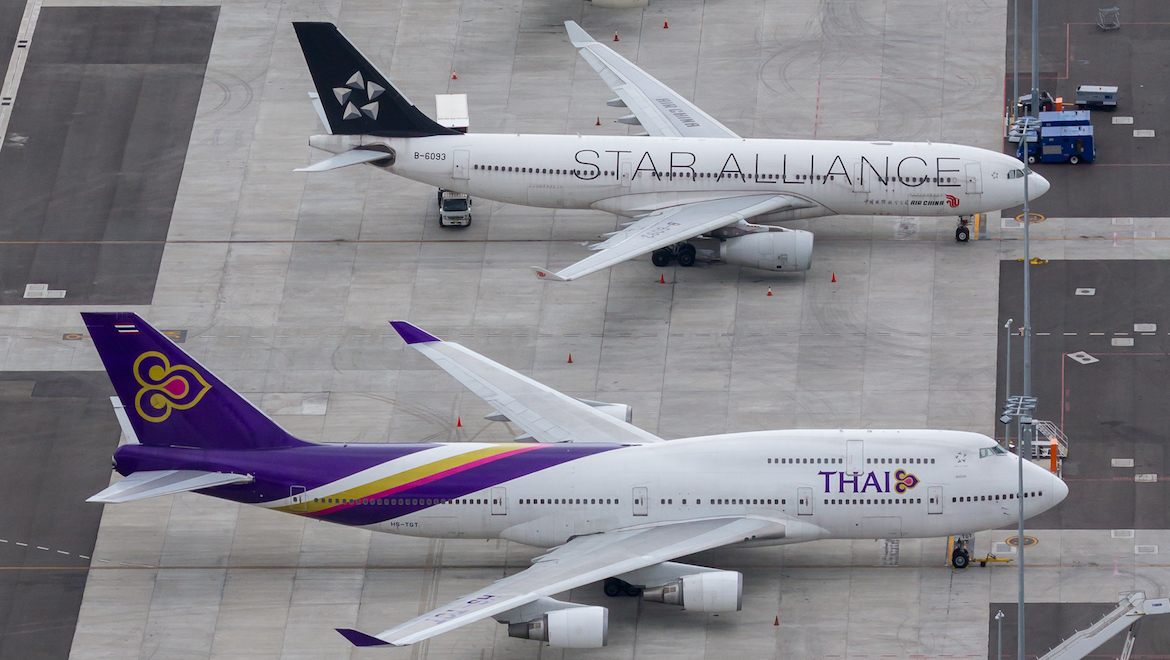
Goh noted the combined network of the Star Alliance carriers out of Australia covered more destinations than Qantas’s international network.
“Australia is a very important market for us. In fact it is one of the largest markets where we do not have a home carrier,” Goh said.
“In more recent years you have seen many of our members expanding into Australia.”
Star Alliance was established in 1997, with five foundation carriers – Air Canada, Lufthansa, Scandinavian Airlines, Thai Airways and United. Today, its 28 members have a combined 19,000 daily flights to more than 1,300 airports in 194 countries with 5,000 aircraft and operate more than 1,000 premium passenger lounges for the enjoyment of eligible travellers.
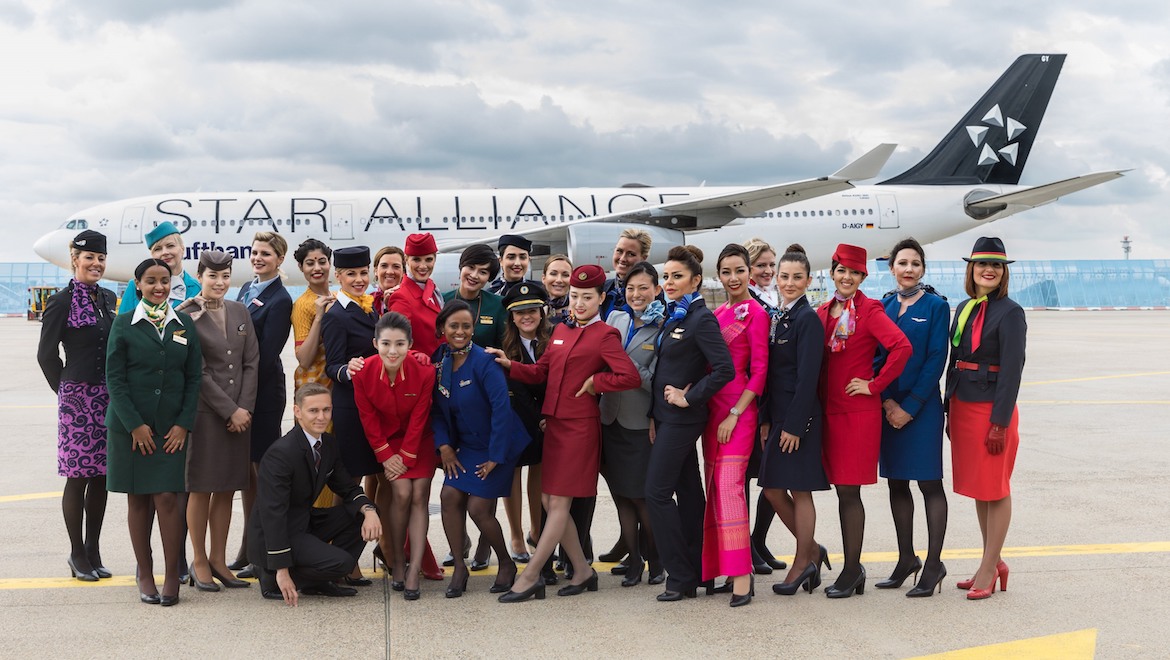
Although the door to new members was always open, Goh said the two-decade-old Star Alliance had built up an extensive network where it was well represented around the globe.
Therefore, any new airline needed to add value.
“One of the reasons that we at Star Alliance have been very slow in terms of accommodating any Middle East carrier, is precisely the overlapping network where you will end up cannibalising your own traffic,” Goh said.
“You will be opening up your frequent flyer database to the carrier with the overlapping network. Why would you do that?”
Instead on searching for new members, Star Alliance has developed what it termed a “Connecting Partner” model, designed for airlines that do not have the need or resources to become a full member, to help fill regional gaps in the network.
Connecting Partner airlines need only establish commercial agreements with three Star Alliance members, making it more cost efficient in terms of setting up IT systems, codeshares and reciprocal frequent flyer benefits. While Connecting Partner members had fewer rights, they also had fewer obligations.
(The oneworld alliance also offered a similar scheme called oneworld connect.)
The first Connecting Partner member Juneyao Airlines joined up in 2017, which helped Star Alliance beef up its presence in Shanghai.
Then, on the sidelines of the International Air Transport Association (IATA) 2019 annual general meeting in Seoul on June 3, Star Alliance announced Thai Airways subsidiary Thai Smile would be the next Connecting Partner member.
Goh said he hoped to progressively add more subsidiary carriers of its airline members to the Connecting Partner model.
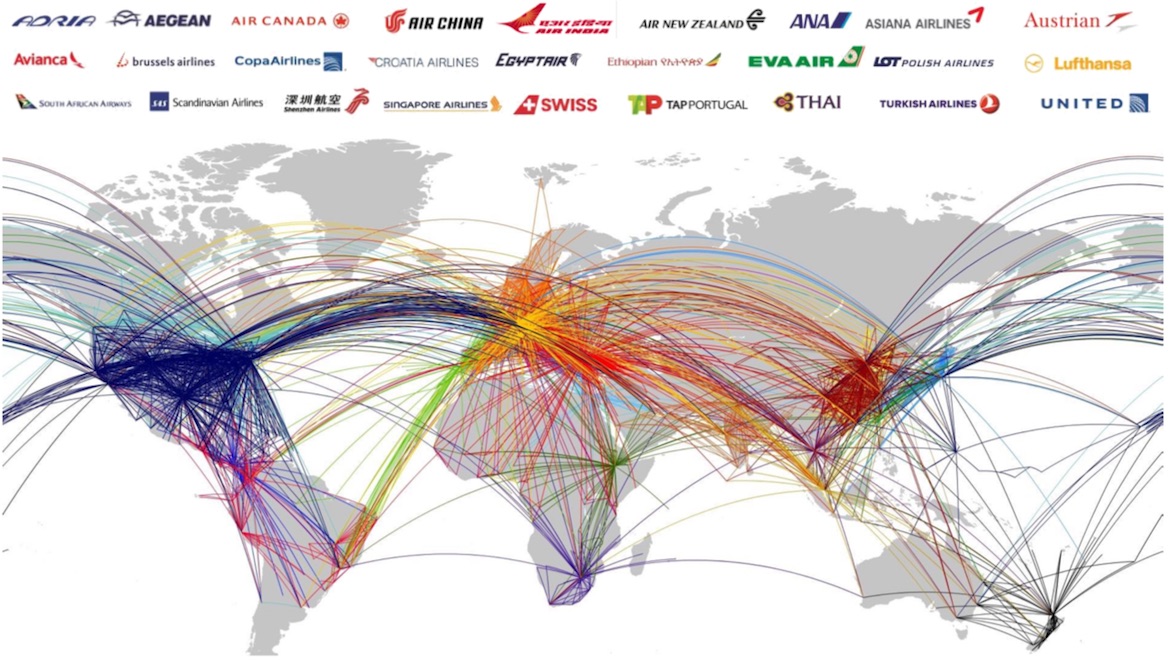
Partnerships outside the alliance a necessity from time to time
As airlines have sought to broaden their networks, some have formed partnerships with carriers outside their alliance.
Examples in this part of the world include Air New Zealand’s joint-venture with oneworld’s Cathay Pacific in the New Zealand-Hong Kong market.
Similarly, oneworld founding member Qantas cooperates with SkyTeam’s China Eastern on flights between Australia and China.
Goh said Star Alliance had a governance process for proposed cooperation outside the alliance.
“We don’t frown upon them as such, we accept them as necessities of business operations from time to time,” Goh said.
“In our portfolio of what we call exceptions, where we approve the cooperation outside the alliance, is very much where there are perhaps regulatory reasons or there is an absence of a member in a particular market.
“We review these regularly to ask the question as the market dynamics change.”
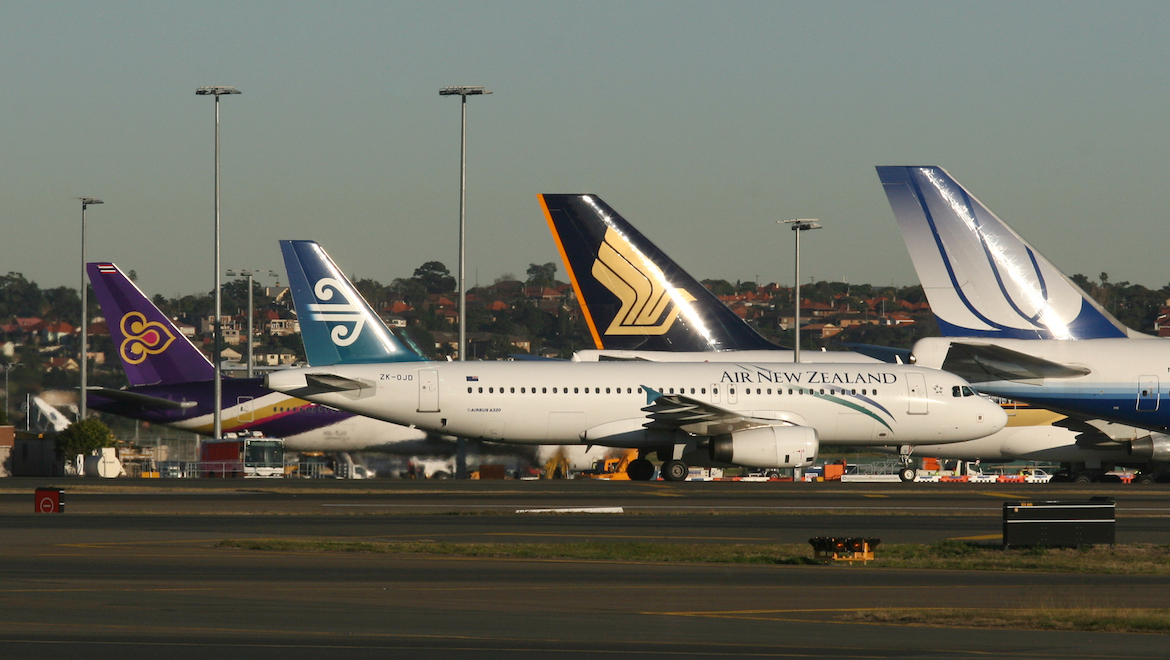
Goh said Star Alliance recognised the diversity of business models, network and market conditions within its membership.
“You have your own business imperatives,” Goh said.
“If we choke you and you disappear from our network it doesn’t serve our purpose either. We need to be cognisant of the need for flexibility from time to time.
“But the core of our codeshares, the core of the cooperations, is still largely within the alliance.”
While Virgin Australia has chosen to remain independent of the three major alliances, preferring instead to forge bilateral agreements with specific airlines to build its international network, the airline over the years been spoken of as a potential Star Alliance member, given its deep partnership with Singapore Airlines.
Asked what interest there was from Star Alliance regarding adding an Australian full or Connecting Partner member, Goh said there were a “number of network considerations” for any potential Virgin Australia membership, given the airline’s existing partnerships.
“Virgin has a joint-venture with Delta and so we’ve got to understand what impact that has on someone like United and Air Canada flying across the Pacific,” Goh said.
“We’ve got to also understand whether they will add more value from the perspective of Air New Zealand, which now has a relationship with Qantas.
“And then, the carriers that are flying to Australia today, particularly Singapore Airlines, will they benefit from the connectivity with Virgin Australia.
“Because if these are just local traffic between say Seoul and Sydney, there’s very little connecting traffic for domestic Australia, then it wouldn’t make a lot of sense to have that connectivity.
“You never say no.”
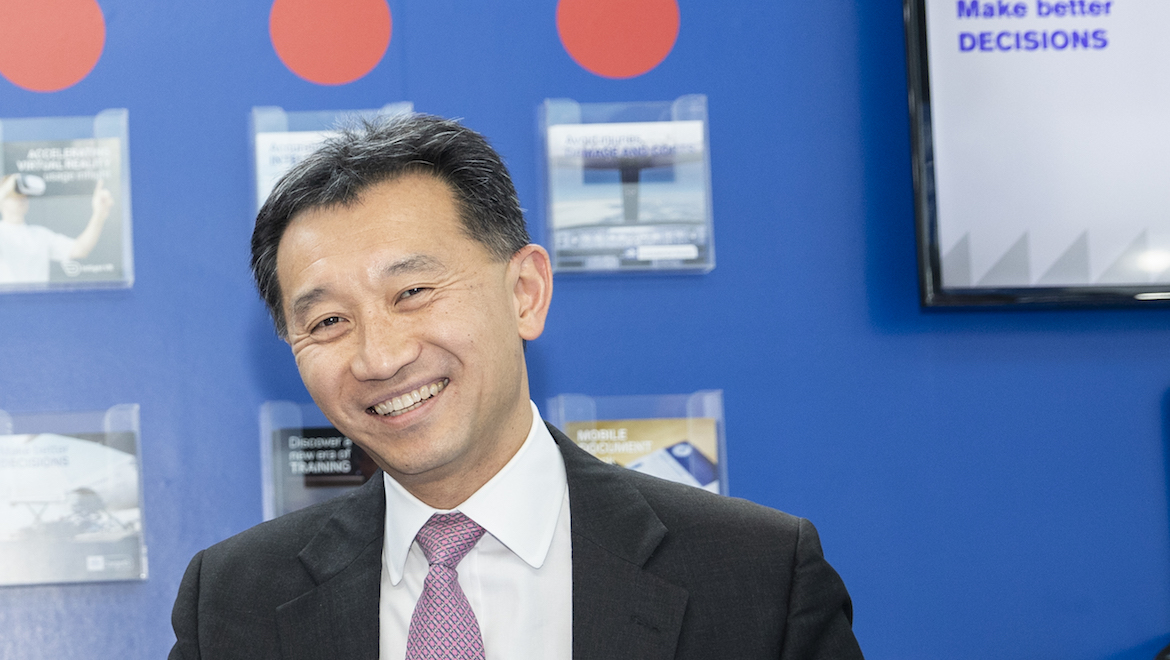
Finally, in terms of Star Alliance’s frequent flyer proposition, Goh said the focus was on adding potentially more benefits to its existing two tiers, rather than introducing a new tier or tiers.
Currently, frequent flyer status member airlines corresponds to either the basic, Star Alliance Silver or Star Alliance Gold level.
“I think the conversation is more about what additional benefits that we can bring rather than additional tiers,” Goh said.
“What we can differentiate by giving more benefits at silver level, at gold level, rather than creating an additional tier.”
VIDEO: A promotional video about Star Alliance’s technology initiatives from its YouTube channel.










